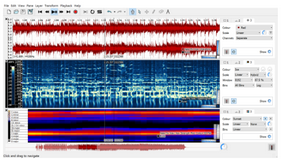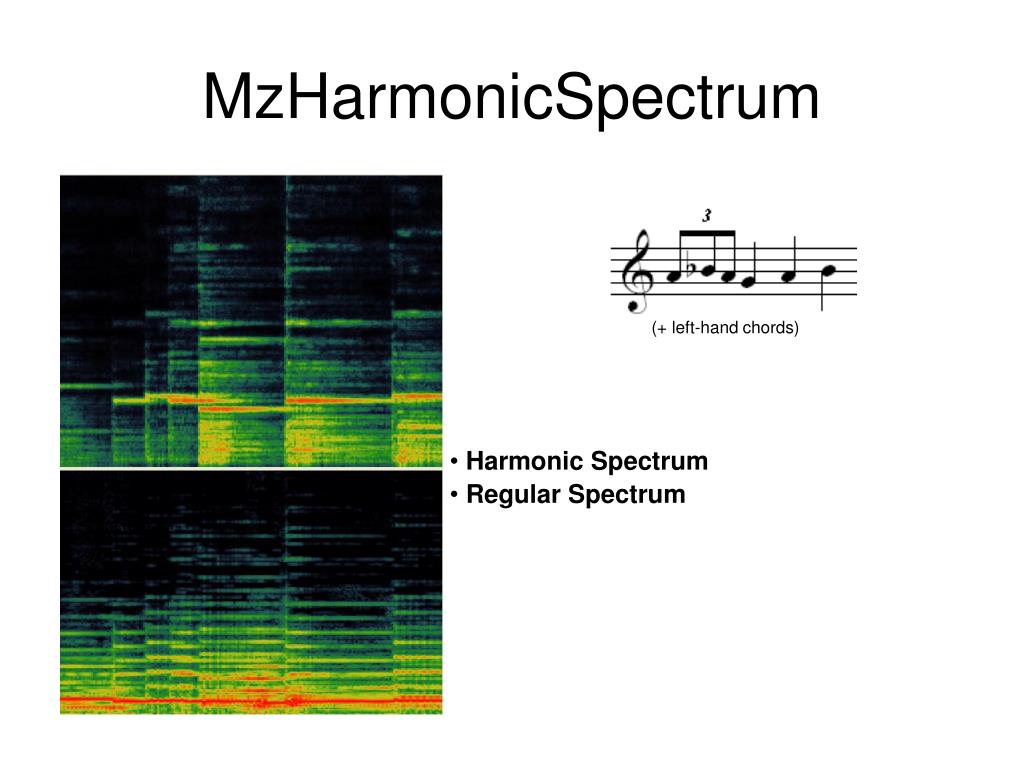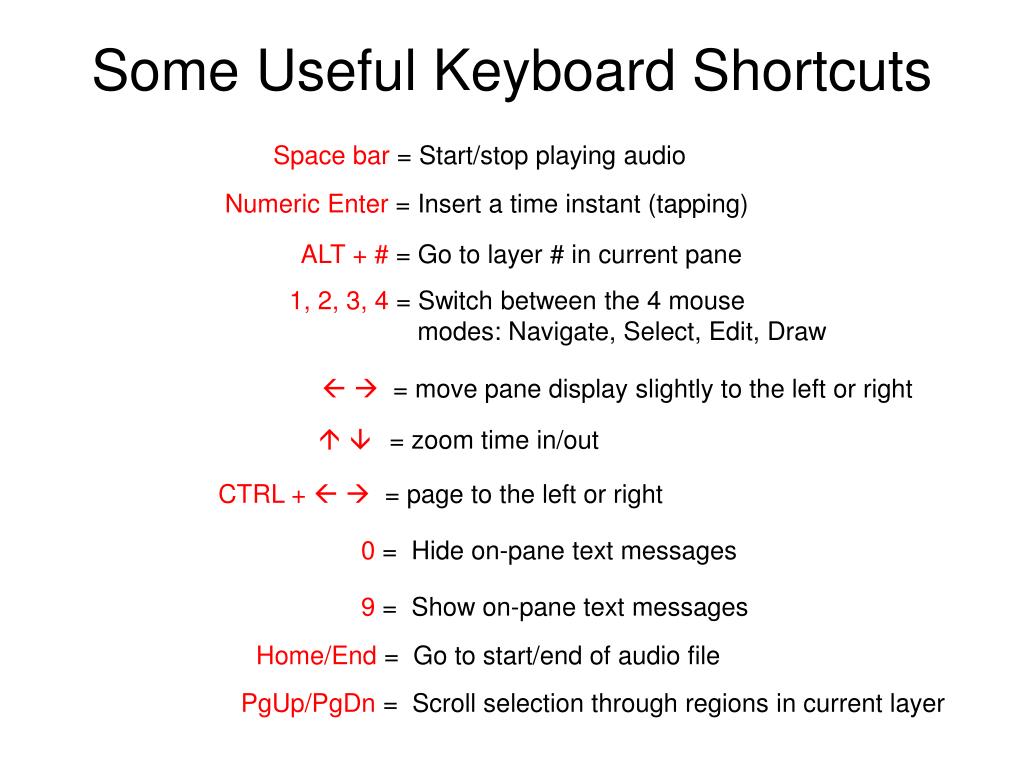

#Sonic visualiser pitch software#
Note: You can change the interpolation quality in the EXS24 software sampler in Logic Pro. In terms of quality, loscilx has all the interpolation schemes available in diskin2, and the results appear to be exactly the same (all the previously-mentioned pitch shifts were also rendered using the loscilx opcode, in addition to the diskin2 opcode, and all the resulting spectrograms are exactly like those pictured above). Note: This form of pitch shifting can also essentially be accomplished by transferring data from a sound file into a function table and reading it via a table-lookup opcode in Csound. Then repeat B) through G) for two octaves down and again for three octaves down. A) Original (200Hz-12kHz), B) transposed down an octave with no interpolation, C) linear interpolation, D) cubic interpolation, E) 8-point sinc interpolation with anti-aliasing, F) 32-point sinc interpolation with anti-aliasing, G) 64-point sinc interpolation with anti-aliasing. A 2-second linear sine-wave sweep from 200Hz to 12kHz, sampled at 96kHz. Shifting down by octave intervals will cause aliasing. A) Original (200Hz-12kHz), B) transposed up an octave (400Hz-24kHz) with no interpolation, C) transposed up 3 octaves with no interpolation or anti-aliasing (note that it would be 1600Hz-96kHz, but once it hits the Nyquist frequency at 48kHz, it folds back into the frequency spectrum due to aliasing), D) the same as the previous, but with 64-point sinc interpolation with anti-aliasing (note that the unwanted signal is only partially removed). A 10-second linear sine-wave sweep from 200Hz to 12kHz, sampled at 96kHz. In such cases, aliasing will occur, and an interpolation scheme that provides anti-aliasing may only be partially successful in eliminating the unwanted signal that folds back into the spectrum. The only thing to watch out for is shifting the signal so it doesn’t go above the Nyquist frequency. When shifting up by octave intervals, aliasing is not as problematic. Same as the previous but down a semi-tone. A) Original (200Hz-12kHz), B) transposed up a semi-tone with no interpolation, C) linear interpolation, D) cubic interpolation, E) 8-point sinc interpolation with anti-aliasing, F) 32-point sinc interpolation with anti-aliasing, G) 64-point sinc interpolation with anti-aliasing.


However, it increases the processing time. For example, the diskin2 opcode in Csound allows for ≥8-point sinc interpolation with anti-aliasing. Using a high-quality interpolation scheme will help alleviate this. The output sampling rate remains constant.Īliasing can occur when shifting up or down in non-octave intervals due to the resampling process. The audio playback speed is adjusted, changing the pitch and tempo together. It works by resampling the signal in the digital domain. This method is often used in samplers, including software samplers (such as the EXS24 in Logic Pro).

Pitch shifting via sample-rate conversion is an effective way to change the pitch of a digital audio sample.


 0 kommentar(er)
0 kommentar(er)
